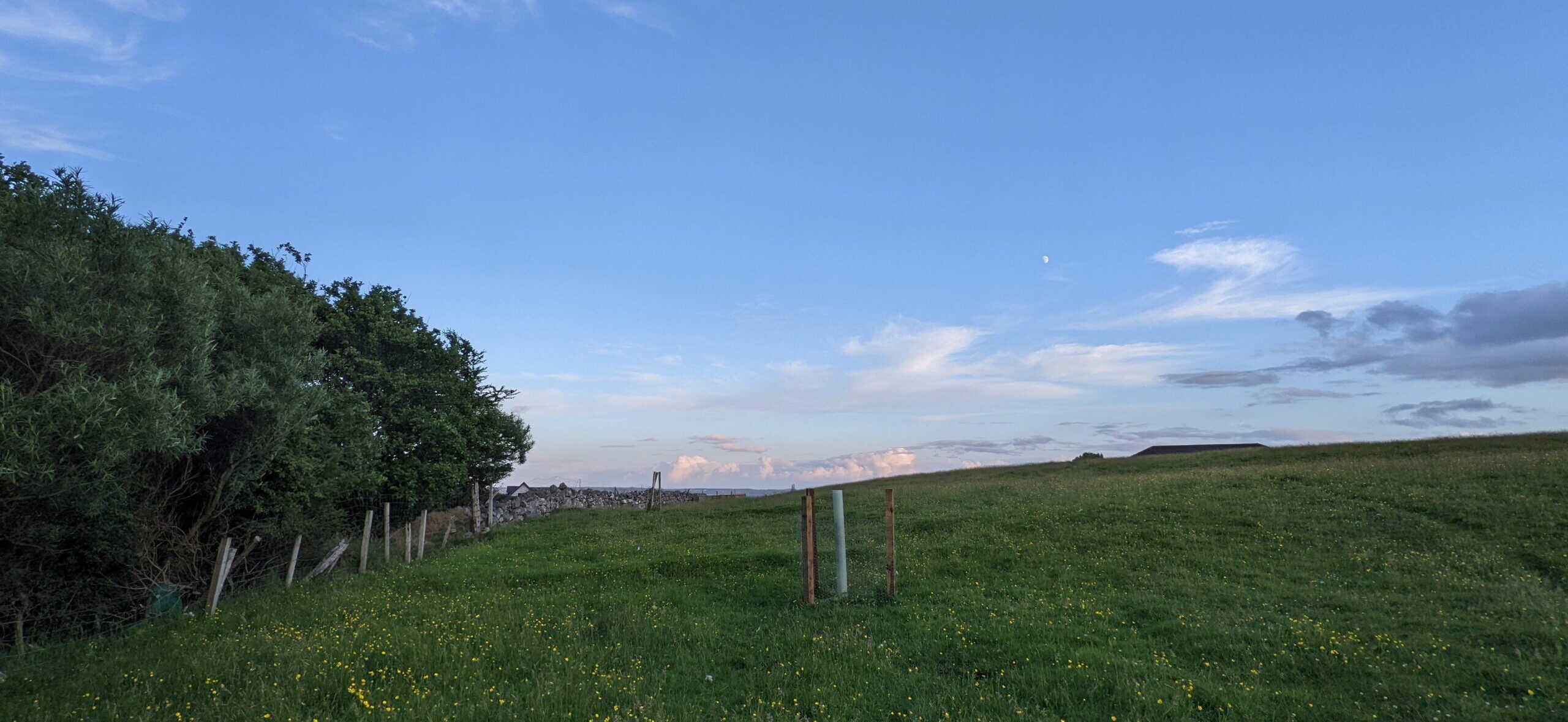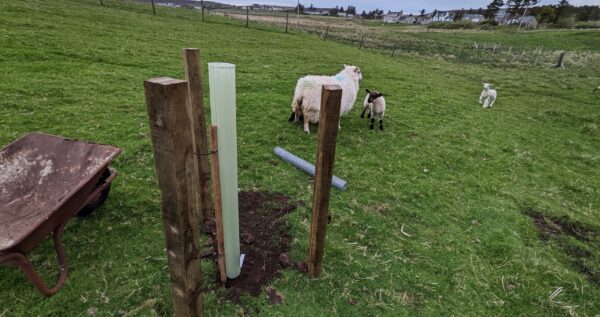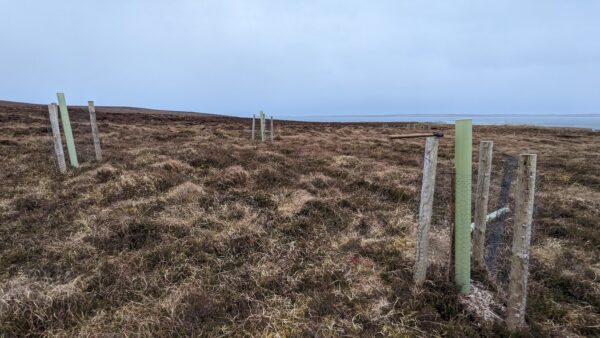One thing I love doing with plants and trees is propagating them. Scottish people have a reputation for being frugal cheapskates – Aberdonians even more so, so getting more plants at zero cost brings an understandable amount of joy.
“I can get unlimited trees – for free!?”
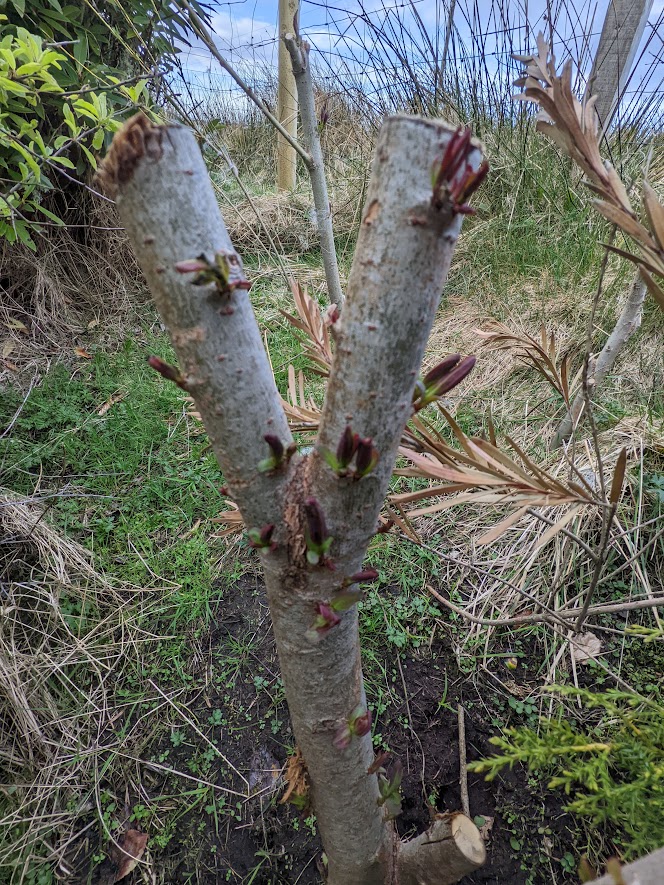
By far the easiest to propagate, of any plant or tree I’ve attempted – has been willow. A notable mention also goes to mint which can easily be propagated in water, root within a few days and then spread like wildfire in your garden.
I have to give a shout out to the landlord of my previous residence in Aberdeen who’s no doubt still dealing with a garden overgrown with mint by now, from the 10+ mint bushes I propagated from a single Tesco mint plant. At least it smells nice!
Why willow?
So many reasons! Willow has an almost endless list of uses and applications. Combine this with the fact that it’s easily propagated and grows at a ridiculous speed, it’s an obvious choice.
Growth rate
I’m not sure how Willow stands in the league table of speedy growers, but I’m guessing it’s near the top. This stuff grows like wildfire when propagated from healthy branches. I’ve read that the larger the cutting, the more “energy” (nutrients, perhaps?) the cutting has to produce new and large shoots. If you get something in the ground over the winter, you’ll have long shoots of growth starting in the spring which could be a couple of feet long by mid-to-end of summer in my experience.
Raw material
Willow is a great raw material – a resource that’ll probably be increasingly valuable to have on-site in the future apocalyptic climate wars (which I’m very much looking forward to living through.).
Even if we do get our act together and avoid climate-induced societal collapse – how great is it to have a never-ending, private supply of wood? It can be coppiced each year with the larger branches being used as renewable sources of firewood. Larger willow stakes are often used for fencing, and more notably in river bank strengthening and restoration where stakes are interwoven with each other. The stakes then take root and strengthen the banks to stop erosion.
SEPA have some guidelines on “Sustainable riverbank protection” which I came across, and willow plays a leading role –
- Sustainable riverbank protection – https://www.sepa.org.uk/regulations/water/engineering/sustainable-riverbank-protection/
- Guidance document – https://www.sepa.org.uk/media/219450/bank_protection_guidance.pdf
Willow is also pretty flexible (when freshly cut – not completely dry) so the smaller branches are often used to make woven baskets and similar items.
Then, there are the medicinal benefits – it’s probably not something you’d use it for today unless we had the aforementioned societal collapse, but willow bark used to be chewed for pain relief before aspirin was a thing, and the compound found in willow was actually what aspirin was derived from.
One final benefit of willow is that it acts like a sort of Miracle-Gro. Willow contains so much growth hormone that you can leave cuttings in water for a few days and create a homemade rooting hormone which can be used to help speed up the rooting of other types of plants or trees. Amazing stuff!
What kind of willow?
I’ve personally tried goat willow and white willow and found them both to be pretty prolific. Always best to stick with native species of course.
How to propagate?
The best cuttings seem to be ones which are at least 1 year old – so don’t go cutting fresh, green shoots. Anything older than a year simply needs to be immersed in water, and it’ll start rooting everywhere. I’ve done a mix of starting the rooting in buckets of water and then popping them in the ground, and also just stabbing them into the ground in a boggy site. They do best in soil that’s waterlogged.
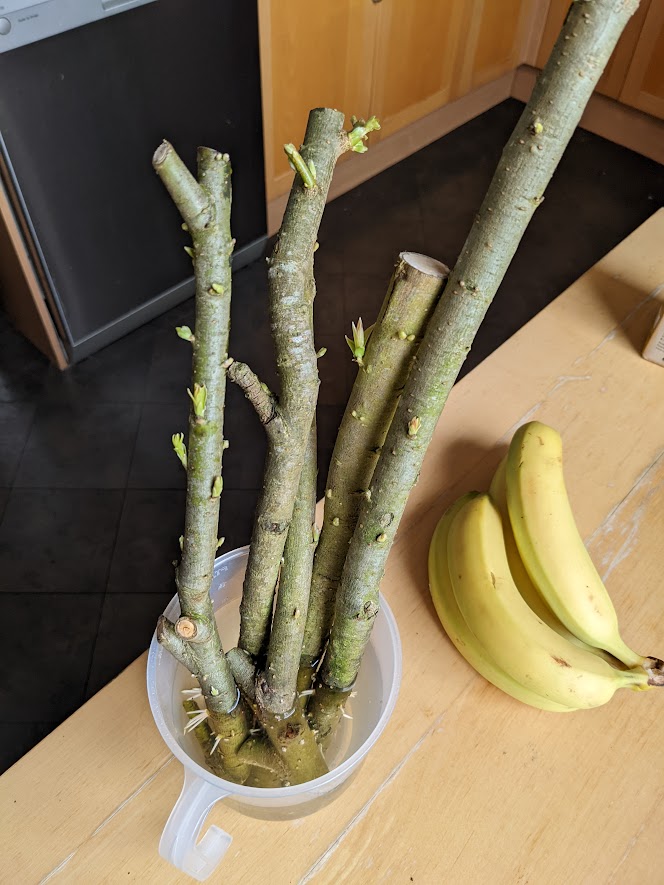
If you have larger “cuttings” – like an actual log that’s too large to stab into the ground, what will also work is just laying it flat on a wet area of ground – or leaving it in a wet ditch.
Resources
Cairn of Dunn Croft is a great permaculture resource if you like getting info from Youtube – they’re based in the North of Scotland in Caithness – so very similar climate conditions to the Hebrides – and also have a ton of content on willow –
- Growing free willow trees – https://www.youtube.com/watch?v=To9vxvvFyeU
- Cairn of Dunn Croft – https://www.youtube.com/@CairnOfDunnCroftPermaculture
